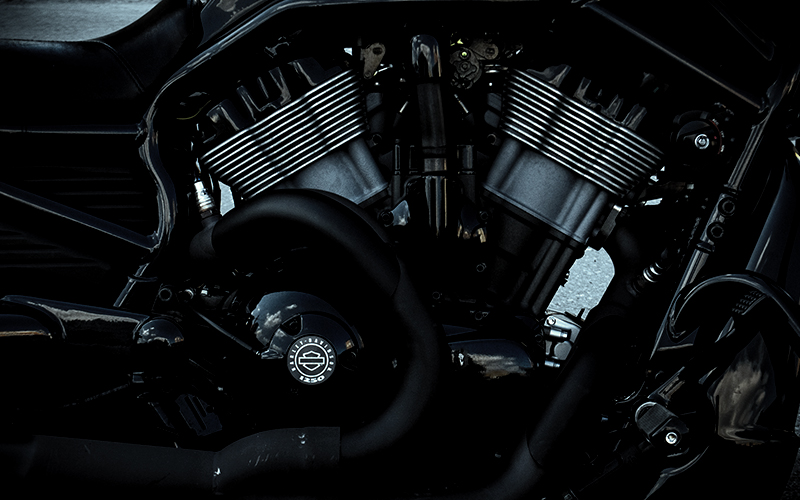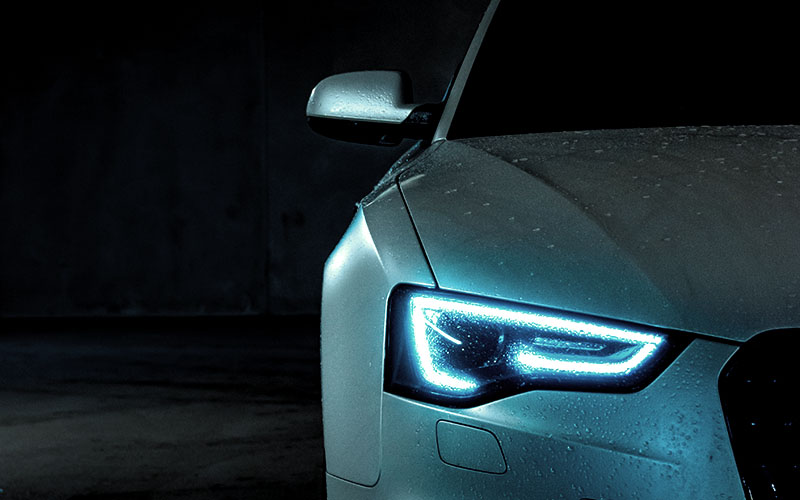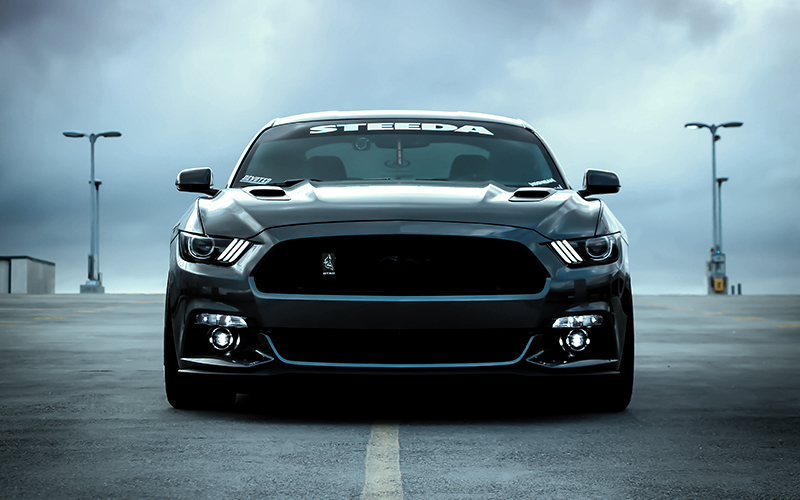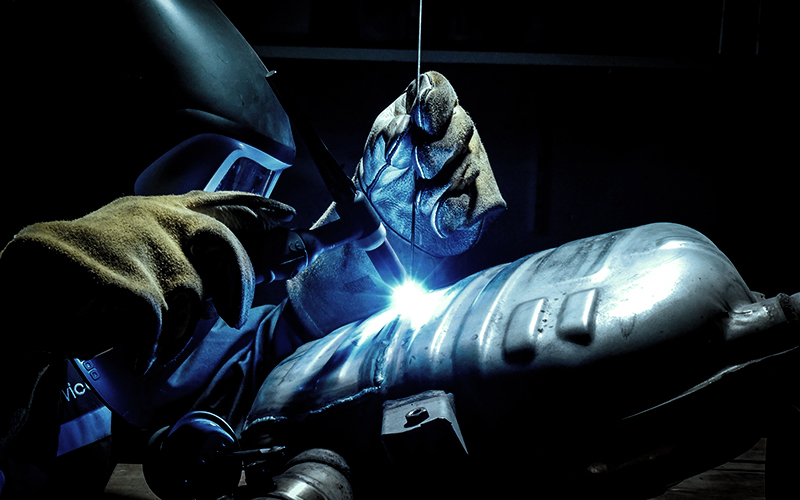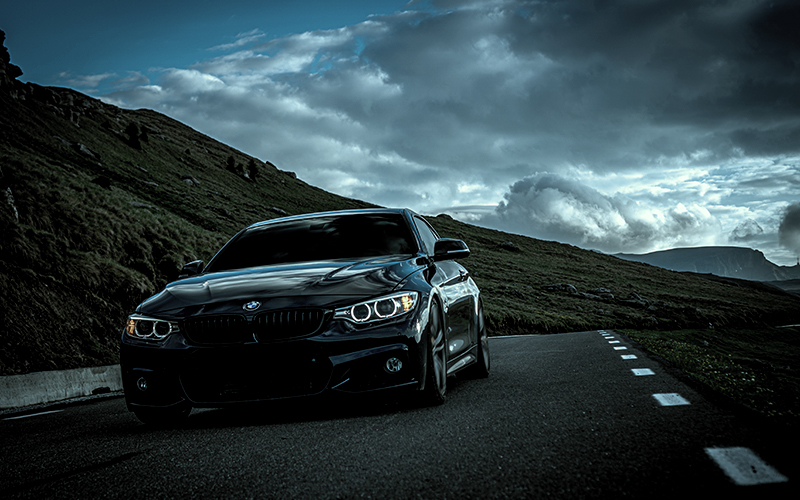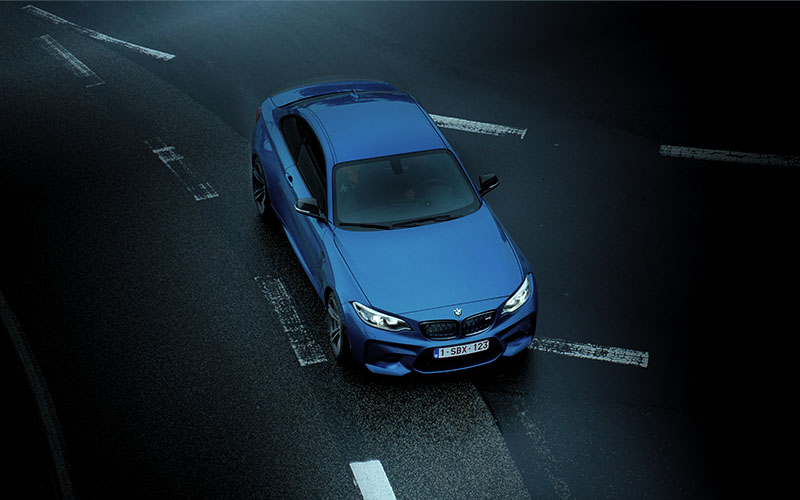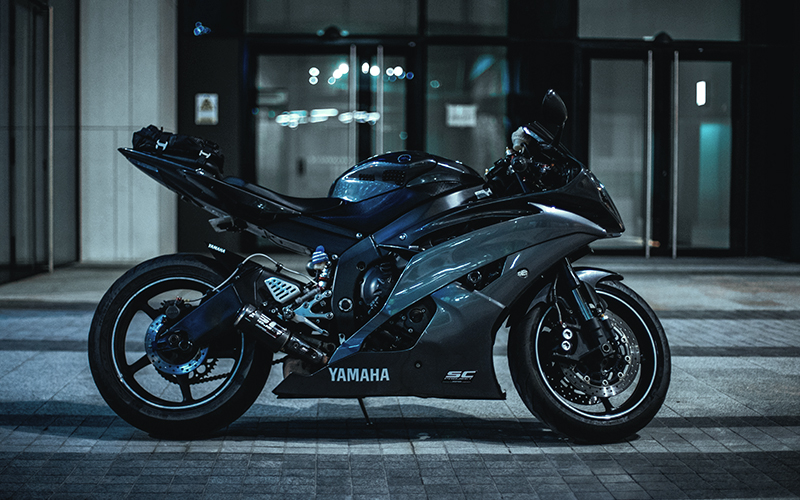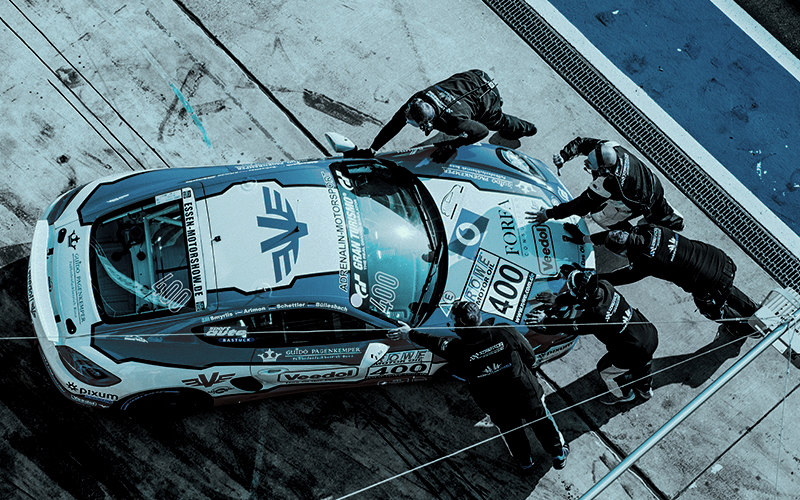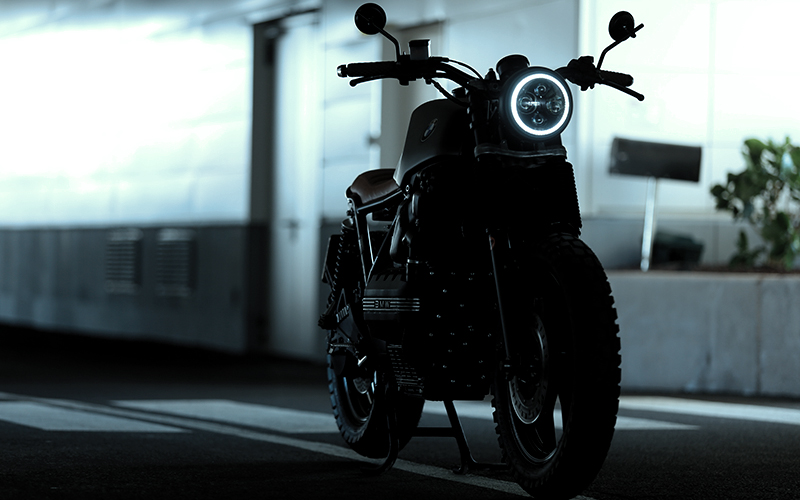Beginner Sim Racing Rig Guide
Find your foundation — From foldable cockpits to full frames
🎮 Why Sim Rigs Matter
A sim rig isn't just for immersion — it's the foundation that holds your wheel, pedals, and sometimes your screen. Without a stable base, pedals slide, wheels shake desks, and every race feels temporary. A good rig means better consistency, comfort, and control — especially for beginners looking to improve their lap times and overall racing experience.
Pro Tip: Even a simple wheel stand can drastically improve your racing experience over using a desk or lap mount. The stability alone can shave seconds off your lap times!
🤔 What You Need to Know Before Buying
Space Requirements: Measure your room first! Foldable rigs need 6x4 feet when set up, permanent rigs need dedicated space. Consider ceiling height for triple monitors later.
Wheel Compatibility: Most rigs work with popular wheels (Logitech G29/G923, Thrustmaster T300/T150, Fanatec CSL DD), but always check mounting patterns. Some budget wheels use unique mounting systems.
Assembly Time: Plan 1-3 hours for most rigs. Foldable cockpits need 10-15 minutes setup each session. Permanent rigs are one-time assembly but require tools.
Weight Limits: Most rigs handle 250-300lbs total (you + equipment). Check specifications if you're planning heavy pedal mods or multiple monitors.
Budget Reality Check: A good entry rig costs $150-300. Add your wheel/pedals ($200-500) and you're looking at $350-800 total for a complete setup. Plan accordingly!
📏 Rig Types Explained
Wheel Stands: Hold your wheel and pedals while you use your existing chair. Great first step, but lacks the immersion of a racing seat. Perfect if you're unsure about the hobby.
Foldable Cockpits: Complete racing setup that folds for storage. Includes seat, wheel mount, and pedal plate. Setup required each session, but feels like a real race car.
Permanent Cockpits: Always ready to race with maximum stability and adjustability. Takes up dedicated space but handles any equipment you throw at it.
80/20 Aluminum Rigs: Professional-grade with infinite adjustability. Expensive but future-proof for any upgrades. Built like real race car chassis.
🪑 Best Beginner Rigs and Stands

Wheel Stand Pro V2
The original foldable wheel stand that started it all. Solid steel construction with precise adjustments and rock-solid stability. Works with virtually every wheel brand and has been the go-to choice for space-conscious beginners for over a decade.
Pros
- Rock solid reputation
- Works with any wheel
- Compact when folded
- No assembly required
Cons
- Basic design aesthetics
- No included seat
- Limited cable management
Best for: Budget-conscious beginners who want proven reliability

Playseat Challenge X
Folds like a lawn chair, feels like a real race seat. Features premium Alcantara upholstery and wide compatibility with most racing wheels. You can stash it in a closet, but it still handles serious gear with remarkable stability.
Pros
- Premium materials
- Space-saving design
- Realistic racing position
- Easy storage
Cons
- Setup time required
- Not ideal for heavy use
- Limited adjustability
Best for: Small spaces, realism without bulk, occasional racers

Next Level Racing GT Lite
Steel foldable cockpit with authentic GT racing position. Features adjustable seat angle and pedal plate. Works perfectly with Logitech G29/G923, Thrustmaster T300/T150, and Moza R3/R5 setups.
Pros
- Sturdy steel construction
- Authentic racing feel
- Great value for money
- Folds completely flat
Cons
- Basic seat padding
- Limited high-end compatibility
- Assembly required
Best for: Budget setups needing authentic cockpit feel

Next Level Racing GT Lite Pro
Enhanced version with improved ergonomics and build quality. Features thicker padding, reinforced frame, and better pedal stability. Perfect for intermediate racers planning future upgrades to direct drive wheels.
Pros
- Superior comfort
- Handles stronger wheels
- Better long-term durability
- Improved stability
Cons
- Higher price point
- Still requires setup/breakdown
- Heavier than standard GT Lite
Best for: Serious beginners racing frequently or planning upgrades

Next Level Racing F-GT Elite
Hybrid cockpit that transforms between F1 and GT seating positions with a flip of the seat back. Premium build quality with wide compatibility and future-proof design. Perfect for racers who enjoy both open-wheel and touring car racing.
Pros
- Two seating positions
- Excellent build quality
- No folding/storage needed
- Handles all wheel types
Cons
- Requires dedicated space
- Higher investment
- Complex initial setup
Best for: Versatile racers wanting both F1 and GT experiences
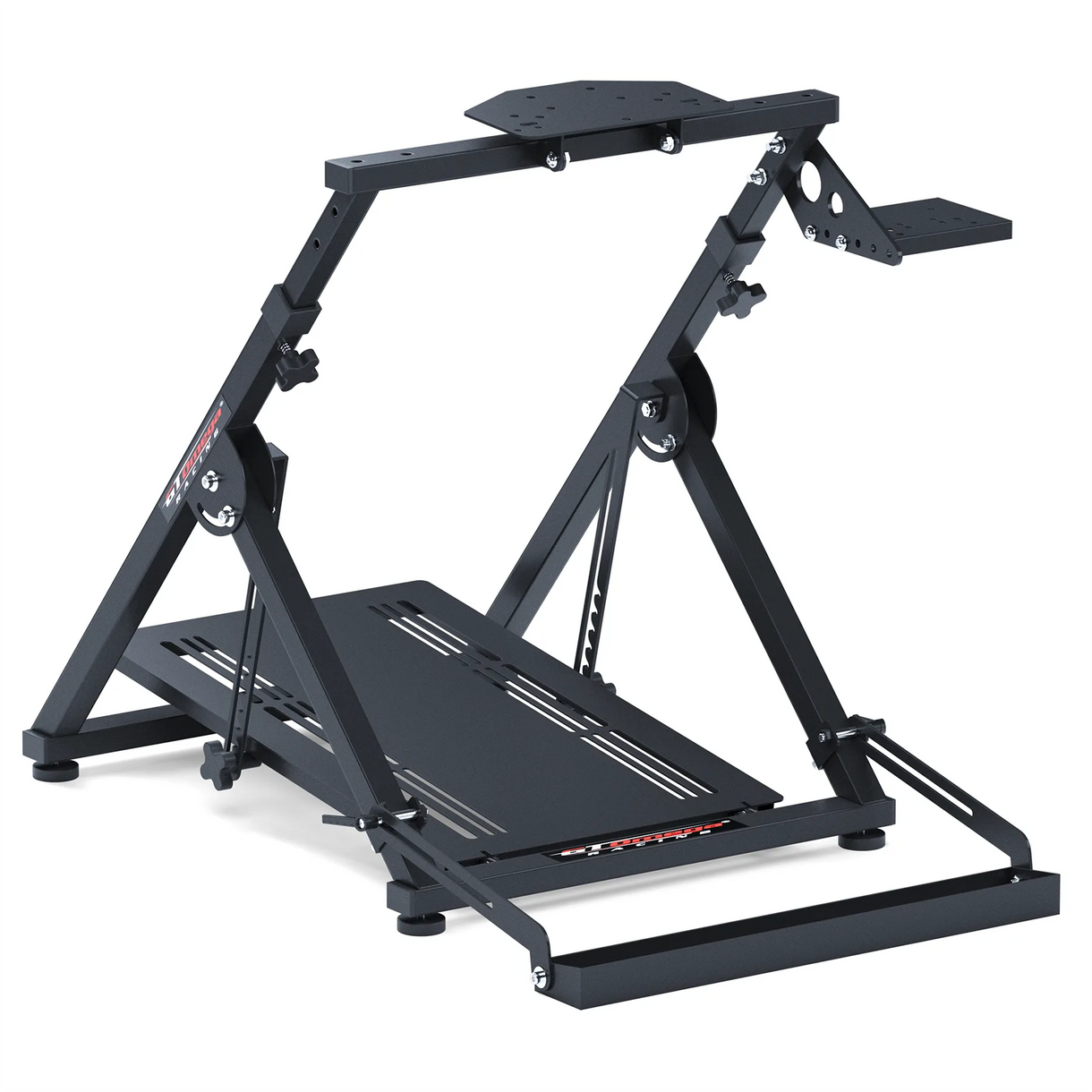
GT Omega APEX Wheel Stand
Minimalist stand designed for use with existing chairs. Features tool-free height and angle adjustment, anti-wobble technology, and compatibility with most wheel/pedal combinations. Perfect entry point into dedicated sim racing.
Pros
- Lowest barrier to entry
- Use existing chair
- Quick setup/storage
- Excellent stability
Cons
- Chair dependent experience
- No seat included
- Less immersive
Best for: First-timers with limited space and budget

Next Level Racing Wheel Stand 2.0
Heavy-duty modular system that can evolve into a full cockpit. Features precision adjustments, cable management, and upgrade compatibility. Built with future-proofing in mind for growing enthusiasts.
Pros
- Expandable ecosystem
- Professional build quality
- Excellent adjustability
- Long-term investment
Cons
- Higher initial cost
- Requires existing chair
- More complex setup
Best for: Modular setups that can grow with your passion
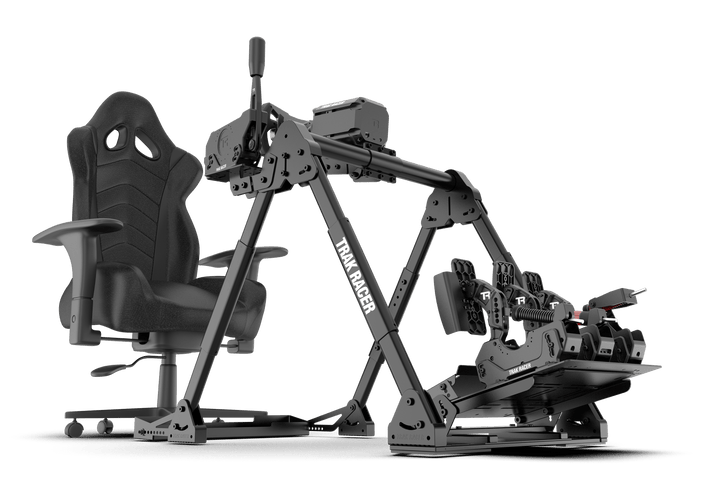
Trak Racer FS3
Full aluminum cockpit with bucket seat and race-spec positioning. Features 8020 extrusion construction, infinite adjustability, and compatibility with high-end direct drive systems. Built for serious sim racing dedication.
Pros
- Professional-grade build
- Handles any equipment
- Maximum adjustability
- Long-term durability
Cons
- Significant space requirement
- Higher investment
- Permanent installation
Best for: Dedicated space, long-term commitment, future-proof setup
🧭 When to Upgrade
- Your pedals keep sliding during hard braking zones
- Your desk setup feels limiting or introduces unwanted flex
- You want consistent ergonomics and seating position every session
- You're chasing immersion and consistently faster lap times
- You're considering stronger wheels (5Nm+ torque) or load cell pedals
- You spend more than 5 hours per week sim racing
🚨 Common Beginner Mistakes to Avoid
- Buying too small: Don't underestimate your future enthusiasm. You'll likely want to upgrade wheels/pedals within 6 months
- Ignoring ergonomics: Poor seating position causes back pain and slower lap times. Adjust everything before your first race
- Skipping the manual: Even "tool-free" assembly has specific steps. Follow instructions to avoid wobbly setups
- Forgetting about cables: Plan cable routing from wheel to PC/console. Long USB extensions might be needed
- No room for pedal travel: Ensure 6+ inches behind pedals for full brake pressure. Wall mounting may be required
💡 Setup Tips for New Owners
First Time Setup: Allow 2-3 hours for assembly and adjustment. Don't rush — proper setup prevents problems later.
Seating Position: Arms slightly bent at the wheel, legs bent 120-140 degrees at full pedal extension. This matches real race car ergonomics.
Wheel Height: Should align with your chest/shoulders when seated. Too low causes shoulder strain, too high reduces control.
Monitor Distance: 24-27" monitors should be 28-32" from your eyes. Closer = more immersion, but can cause eye strain.
Day One Reality: Your first session will feel awkward! It takes 3-5 races to get comfortable with the new position. Stick with it — the improvement in consistency is worth the adjustment period.
✅ Final Thoughts
Every racing legend started with their first rig. Whether you choose a space-saving foldable cockpit, a versatile wheel stand, or dive straight into a full aluminum frame — the most important thing is getting on track and building your skills. Remember: the best rig is the one that gets you racing consistently and comfortably. Start with what fits your space and budget, then let your passion guide future upgrades.
Remember: A stable, comfortable setup will improve your consistency more than expensive wheels or pedals. Invest in your foundation first!
